Laptop Slow After SSD Upgrade: 5 Easy Fixes
While upgrading your laptop with an SSD often boosts performance, experiencing slowdowns afterward is possible. Compatibility issues and bottlenecks may arise, especially when transitioning from an old hard drive on an older laptop. I myself faced a slowdown in laptop speed following an SSD upgrade and uncovered many compatibility concerns and bottlenecks. Understanding these issues and potential fixes is crucial.
Here’s everything I discovered about the performance issues that may arise after an SSD upgrade and the potential solutions that might work for you.
Why is my laptop slow after SSD upgrade?
After additional research, common causes of performance problems following the installation of a new SSD drive include:
Bottlenecks – Your new SSD must function along with all your other hardware. If you still have an old processor, GPU, and limited RAM, they may not be able to get the best out of the new drive. They could end up working extra hard to accommodate the SSD, using extra resources that are usually used by other tasks.
Outdated Drivers – Incompatible or outdated drivers, especially for the storage controller or chipset, can affect SSD performance.
Improper Installation – Incorrect installation of the SSD or improper BIOS/UEFI settings may leave the drive running slower than its true capabilities.
Outdated Operating System – The operating system may not be fully optimized for the SSD, impacting its ability to leverage the new storage technology. This is especially true for Windows 7 and below but can also be a problem when Windows 10 or 11 doesn’t have the latest updates.
Malware – Viruses and other malware may be lingering in other areas of your system, spreading to the SSD, resulting in performance issues.
Corrupted Windows – If Windows isn’t working optimally already, a new SSD may not work as intended. Everything from recently failed Windows updates to an improper shutdown can damage important system files and the Windows Registry. In some cases, this can affect the SSD’s performance.
NOTE: It’s normal for startup times to be slower after installing any new hardware. However, once at the desktop, performance should improve over time as Windows integrates the SSD and completes all its background tasks.
How to fix my slow laptop after upgrading to an SSD?
Assuming the SSD is compatible with your system, not faulty, and correctly installed, here are some easy methods to troubleshoot and fix performance problems:
1. Scan for Malware
To make sure malware isn’t contributing to the problem, it’s best to perform a full system scan, including any external drives and USB stick you regularly use that could spread to the SSD.
Windows has its own Virus & threat protection, but you can also use a reputable third-party antivirus like Avira or AVG to be sure.
2. Update Windows
You should never delay Windows updates as they contain important security patches and performance tweaks that can help your modern SSD perform better. This is particularly important if a previous Windows update failed to complete. This can leave residual system corruption that can be fixed by resuming or starting the update.
If you are running an old version of Windows, such as Windows 7, now’s the time to consider upgrading to Windows 10 or 11, which is better optimized for SSDs.
3. Check and Update Drivers
To use Device Manager to check for the latest drivers for your new SSD, follow these steps:
1. Go to the start menu search bar and type device, which should bring up the Device Manager utility.
2. In the Device Manager window, look for the Disk drives category. Expand it to reveal the list of storage devices. Identify your new SSD from the list. It should be listed by its brand and model.
3. Double-click on your SSD to open its Properties window.
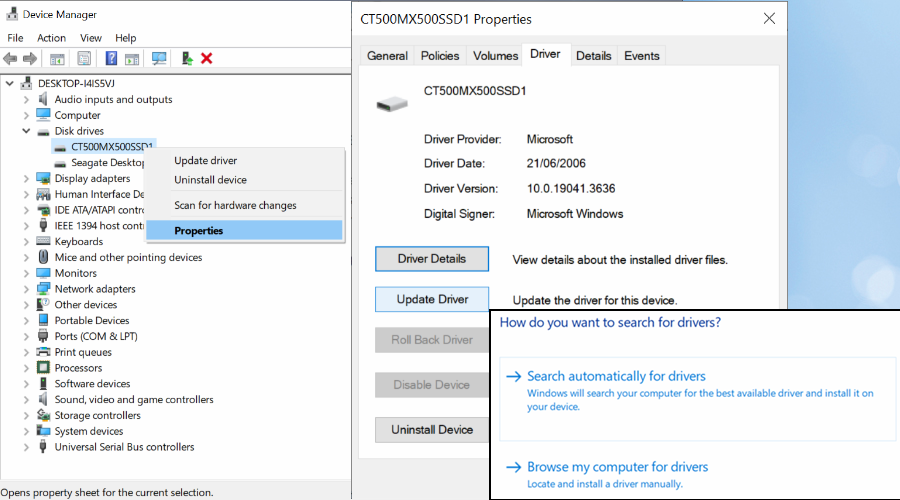
4. Go to the Driver tab, where you can view details about the currently installed driver, including the version number and date.
5. Click on the Update Driver button. Choose the option to search automatically for updated driver software.
6. If Windows doesn’t find anything, you can also check the manufacturer’s website and download the latest driver files for your SSD’s make and model. This might come with an installer, but if not, you can tell Windows to install the files yourself.
7. Go back to step 5, but this time browse to the files you downloaded to install the latest drivers.
8. Restart your laptop.
4. Run Drive Optimizer and CHKDSK
Windows does not always recognize or integrate a new drive fully, so it’s worth checking its status with the drive optimizer.
1. Type drive into the start menu search bar and open the Defragment and Optimize Drives utility.
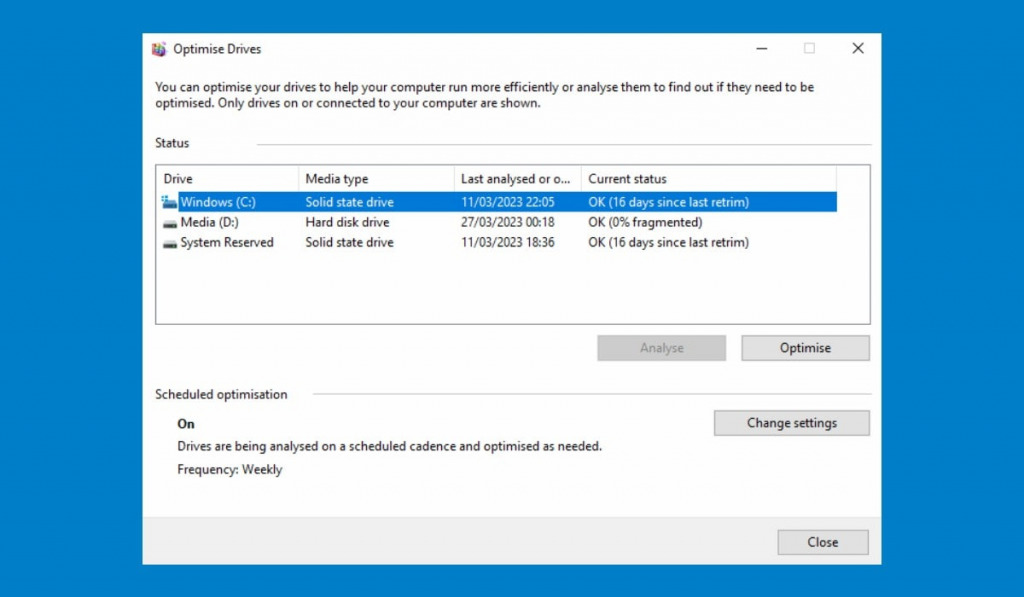
2. Select it from the list and click Analyze if it’s not greyed out.
3. Next, click optimize to get it included in the Windows optimization schedule.
There’s always a slim possibility that your new drive is faulty. To check this, you can use the Check Disk command.
1. Type CMD into the start menu search bar and open the Command Prompt as Administrator from the options on the right.
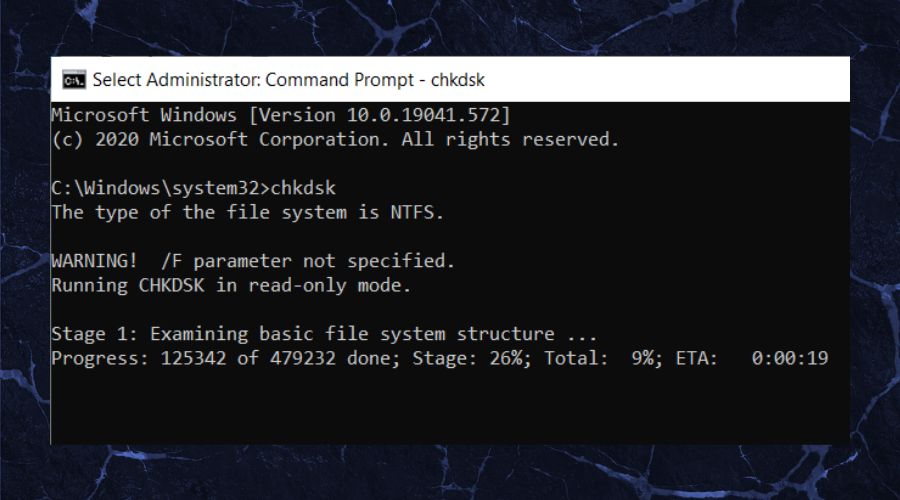
2. Type the following command in the black window, followed by Enter:
chkdsk /f
This will attempt to fix any errors on the drive, although if errors exist already, you should seek a replacement under warranty.
5. Use Fortect
If the performance issues are due to Windows corruption, Fortect is a leading repair tool that detects damaged or missing system files and Windows Registry corruption.
1. Download and Install Fortect on your laptop.
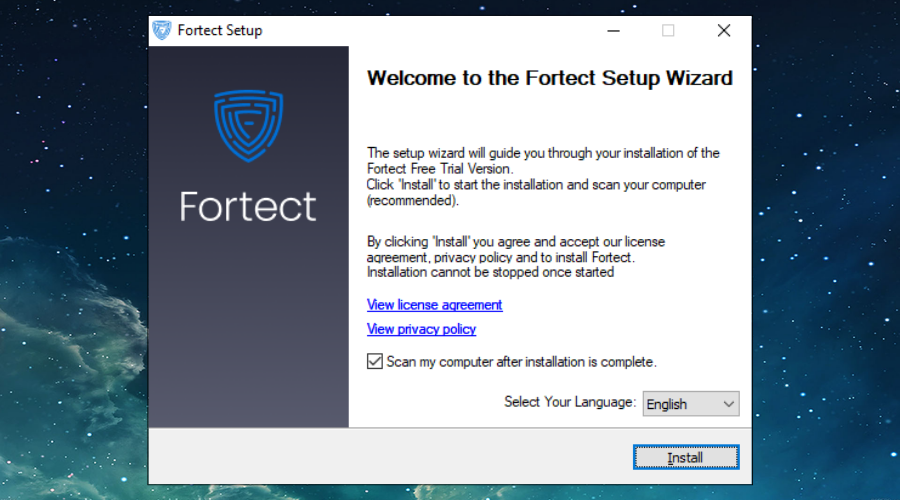
2. Open the program and Start scanning.
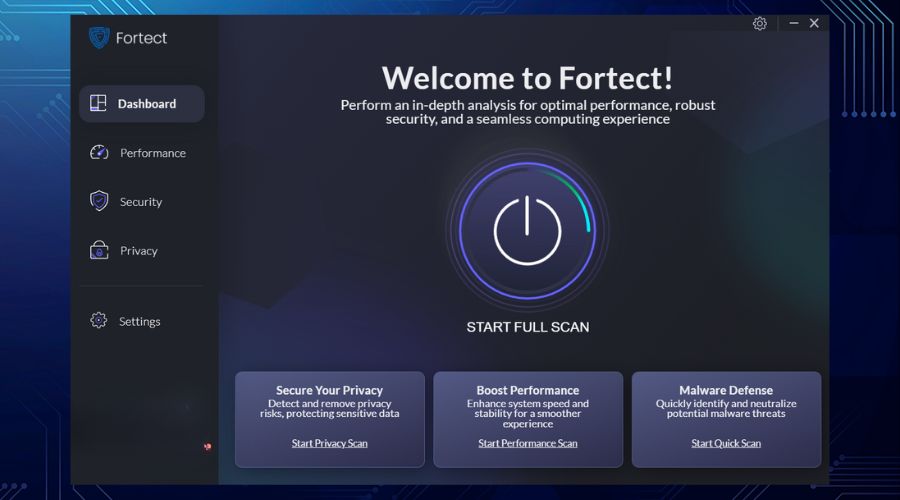
3. Click on Start Repair and it will replace any system damage with clean files from its repository.
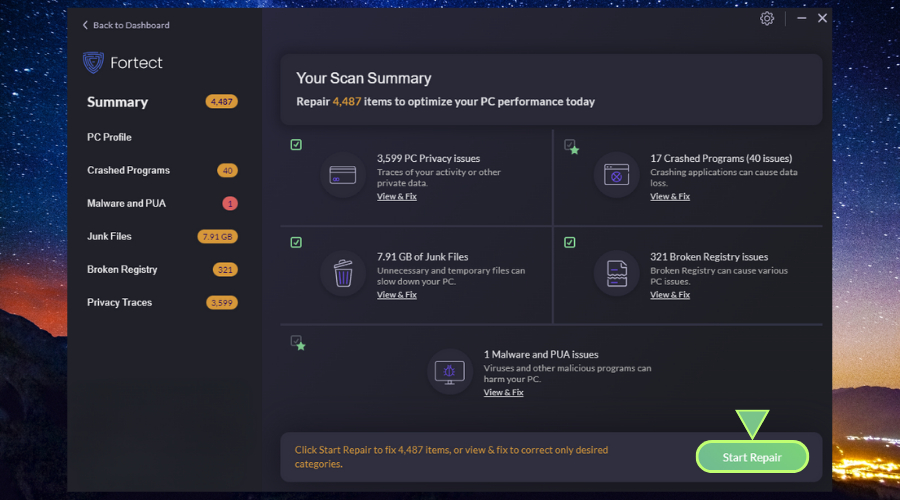
Fortect also deletes unneeded junk files and temp Windows files, some of which may have been used when the drive was installed but are now just taking up space.
If you maintained your previous Windows system and files, there may still be a lot of junk affecting performance.
Laptop slow after SSD upgrade: Final Tips
It’s not uncommon for Windows to be slow after upgrading hardware. For most users, performance will pick up after the system has run its background processes and integrated with the new drive.
However, if problems persist, the above methods will help speed things up. If you’re still having problems, it could be a hardware bottleneck and you should consider upgrading other components like the CPU and RAM.
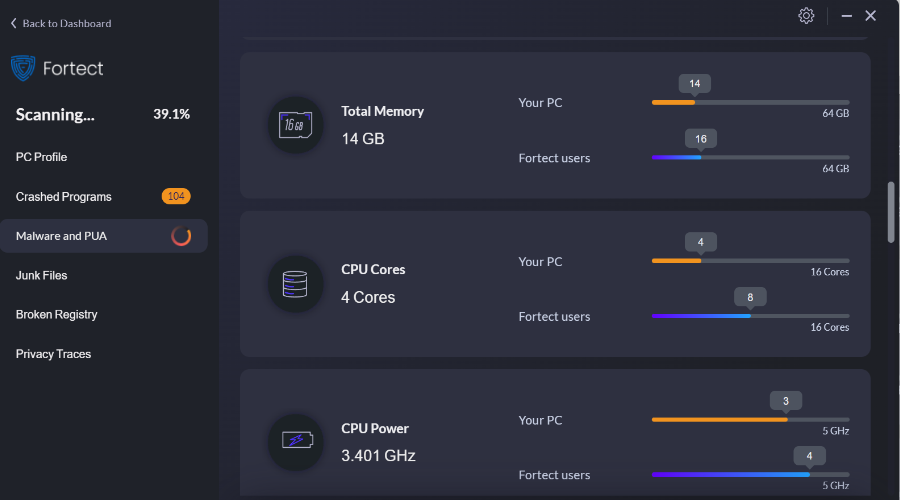
Fortect’s helpful hardware summary compares your setup with other Fortect users, which is a good indication of whether an upgrade is needed.



![How To Undo Windows Update [Rollback Windows Updates]](https://wp-cdn.fortect.com/uploads/2023/04/20093700/undo-windows-update-425x300.jpg)
